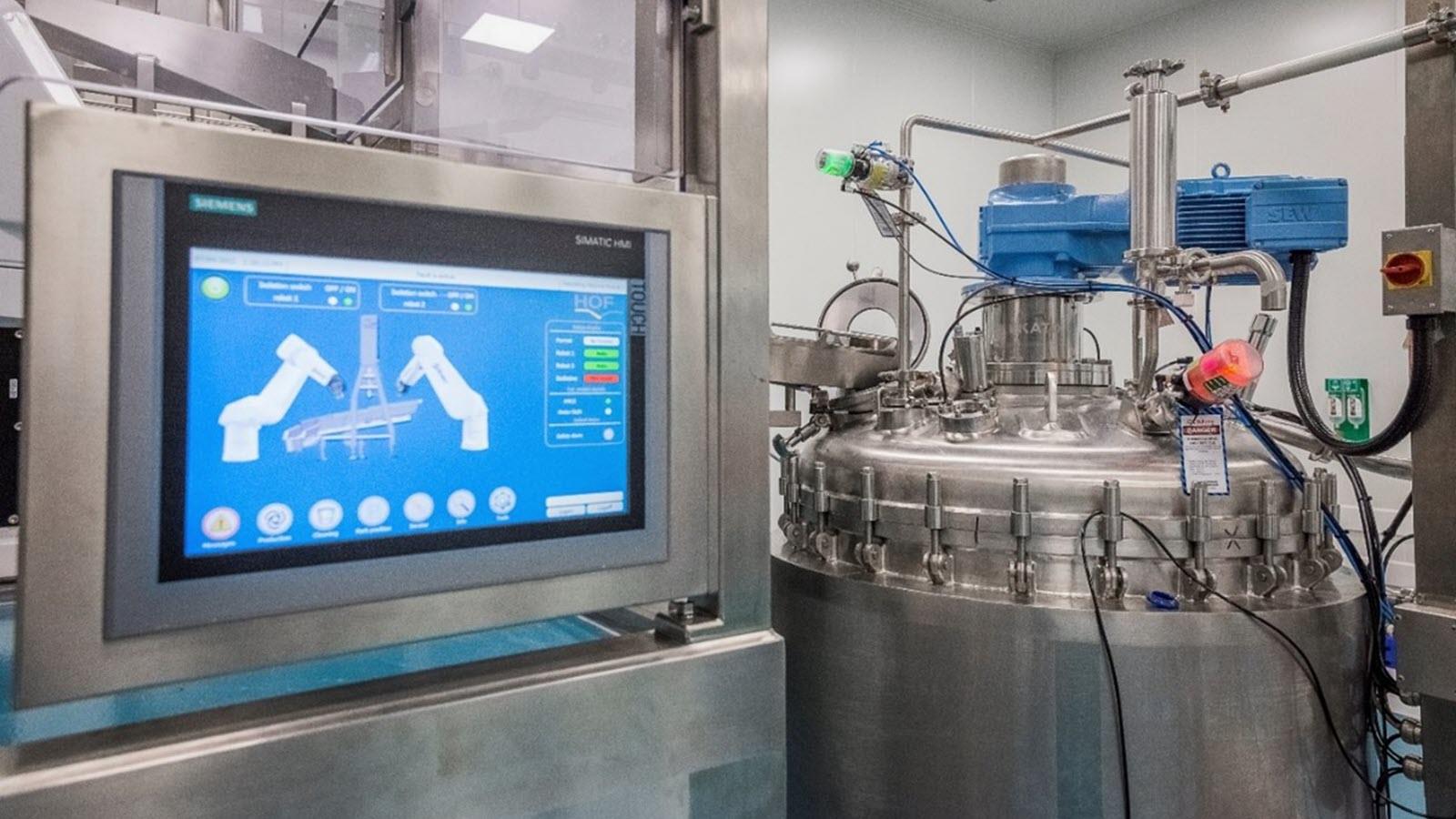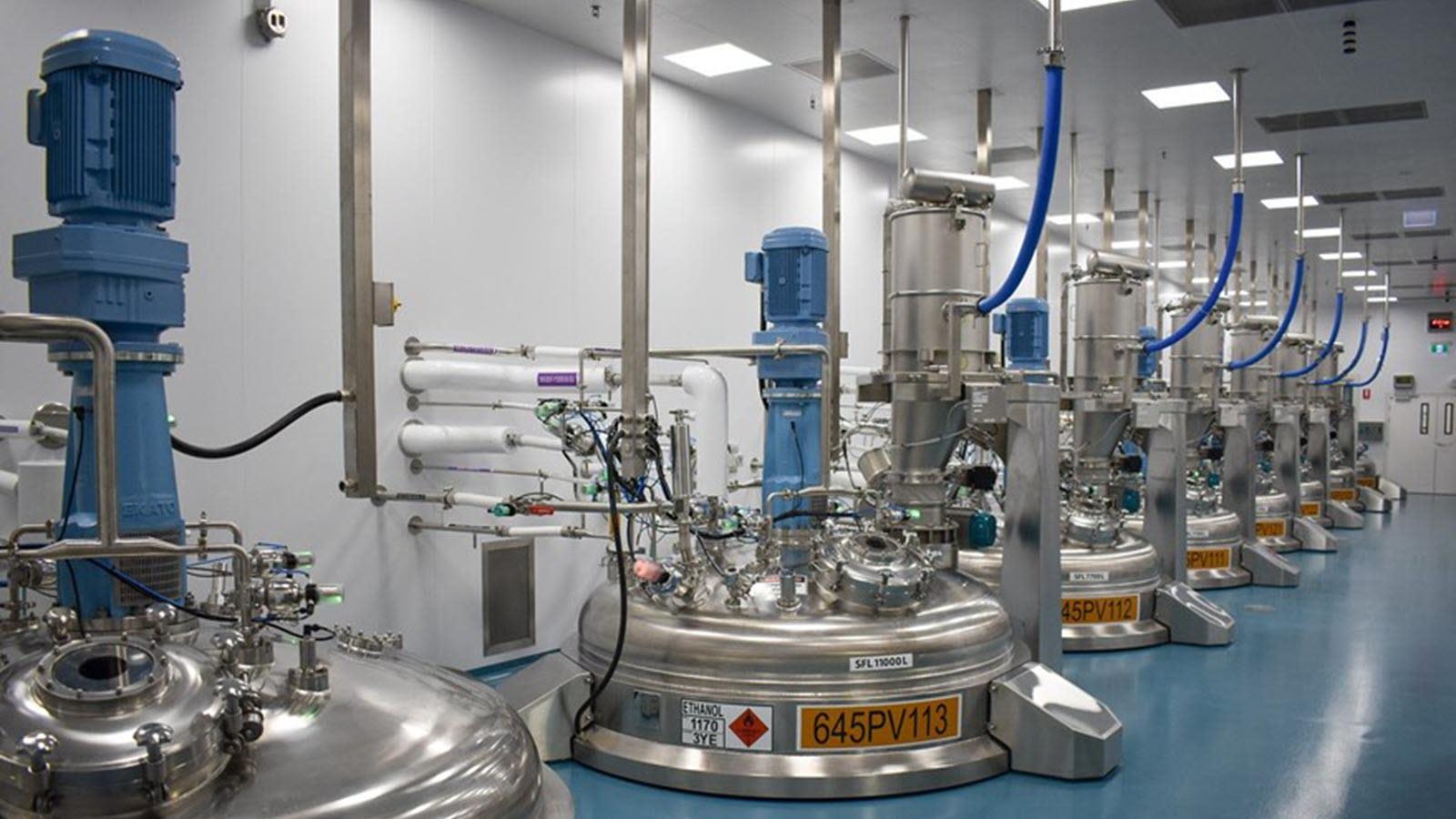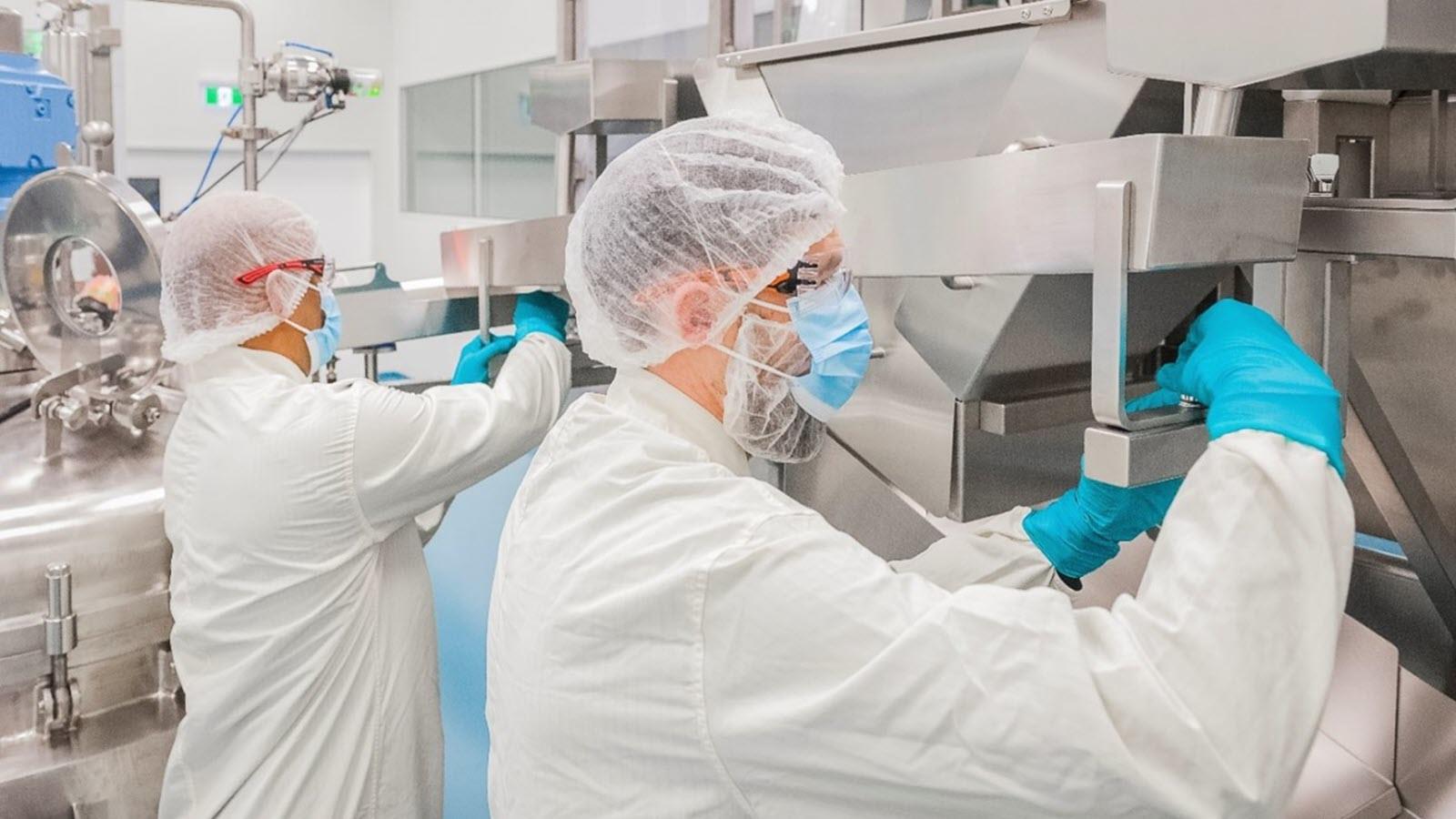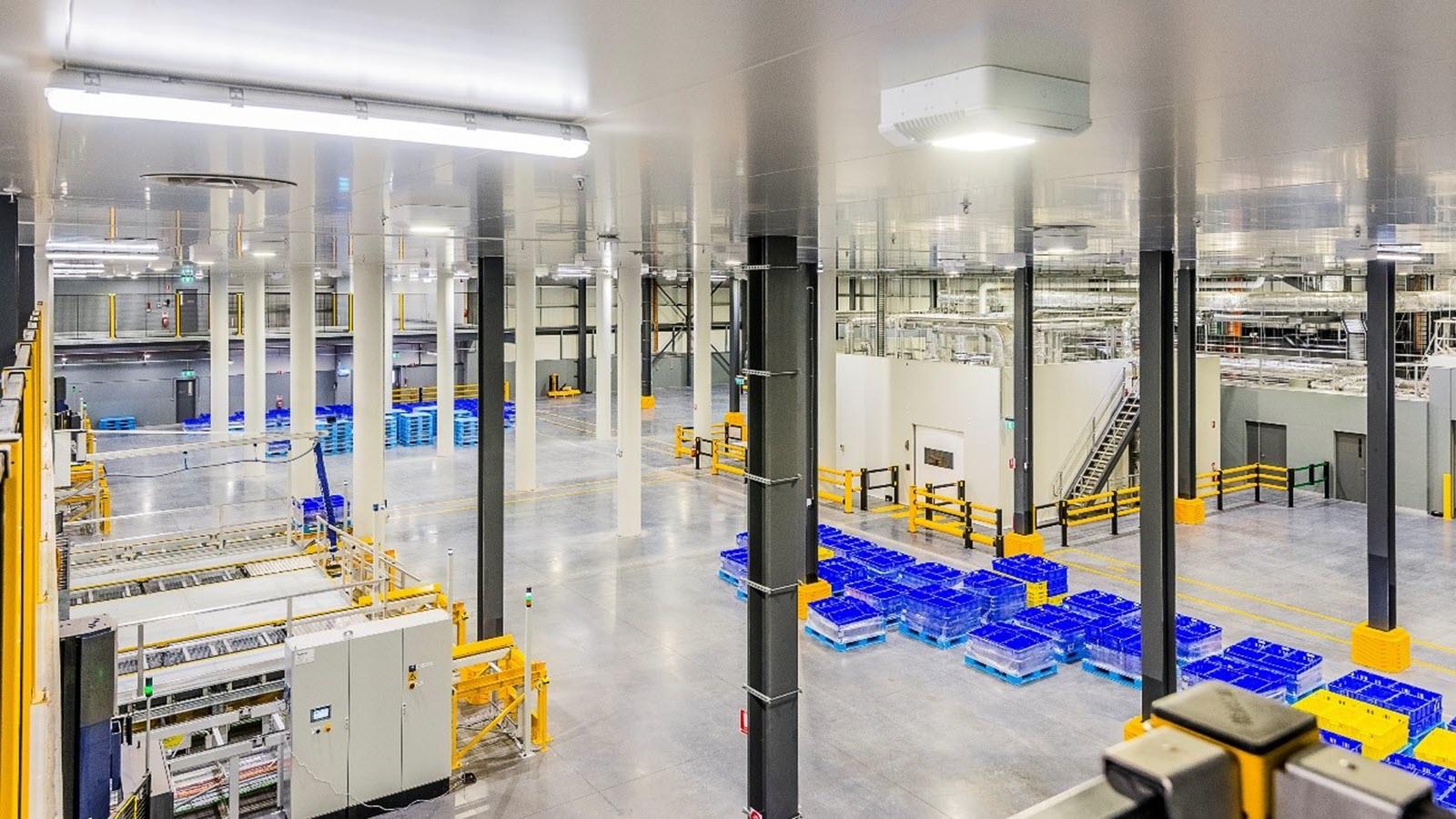CSL Behring’s plasma base fractionation facility at Broadmeadows in Victoria, Australia, was recently named 2025 Facility of the Year by the International Society for Pharmaceutical Engineering (ISPE) for its “full-scale application and integration of robotics and automation technologies.”
The $900 million fractionation facility, known as Facility F, creates protein-rich plasma pastes that are then processed into finished biotherapy products at the Broadmeadows site. The process begins within CSL Behring’s network of plasma donation centers, where people donate plasma used solely for the creation of medicines. The pooled plasma then enters a complex manufacturing process to fractionate it into components, including albumin, immunoglobulin and other proteins.
Earlier this year, the facility received the ISPE honor in the Pharma 4.0 category that recognizes facilities that embody the concept, which “includes not only implementing one or more technological innovations, but also demonstrating the ability to change their culture, processes and people orienting them towards a 4.0 future.”
That award announcement cited process innovation at Broadmeadows, including advanced filtration technology that emphasizes sustainability through reusable filter membranes while using robotic cleaning systems to ensure repeatable, compliant processes.
“The use of robotics and automation does not stop there,” ISPE said. “Across the facility, CSL has consistently applied the use of robotics and automation to remove manual steps and ensure consistency and accuracy.”
On 26 October, the facility was named the overall winner at the ISPE FOYA Banquet & Awards Celebration in Charlotte, North Carolina.

ISPE noted the development of robotic, automated machines to continuously remove frozen plasma from individual donor bottles and bags. They then feed the empty bottles directly to an automated shredder, eliminating the manual handling of waste, enhancing the operator safety and minimizing the overall volume of waste.
Project Aurora, the expansion project to create Facility F, took four years to build and opened in 2022. CSL expanded to meet growing patient need, which is on the rise as many rare or life-threatening diseases can be treated using medicines derived from human plasma. Plasma-derived therapies treat people with immunodeficiencies, neurological disorders, shock and burns. They are also used in operating rooms around the world for transplant patients, surgical patients and cancer patients.
Facility F is the largest plasma fractionation facility of its kind in the world. It has boosted CSL Behring’s capacity in Australia by nine times, now processing over 10 million liters of plasma each year.

The technologies embedded in Project Aurora align with Pharma 4.0's focus on digitalization and smart manufacturing, helping CSL Behring maintain a competitive edge and strengthen local and global supply chains, said Andrew Hodder, Site Head at Broadmeadows.
“Our modular design approach, advanced automation, and digital twin technology, combined with our commitment to environmental sustainability, have transformed our operations and expanded patient access to lifesaving plasma therapies globally,” he said.
The facility processes domestic plasma from Australia, New Zealand, Taiwan, Hong Kong and Malaysia, as well as commercially sourced plasma through CSL Plasma. CSL Broadmeadows employs 1,200 people in manufacturing operations, engineering, quality control and R&D.

“This recognition is a tribute to the hundreds of people who dared to imagine what advanced plasma fractionation could be. Our vision for Facility F was simple but ambitious: to build a facility that would set a new global benchmark for innovation, operational excellence, and sustainability – all while staying true to CSL’s promise to save lives and protect public health,” said Anthony Kaye, Senior Director, Base Fractionation.
CSL is now in the running for the overall Facility of the Year Award by ISPE, which will be announced in October.



